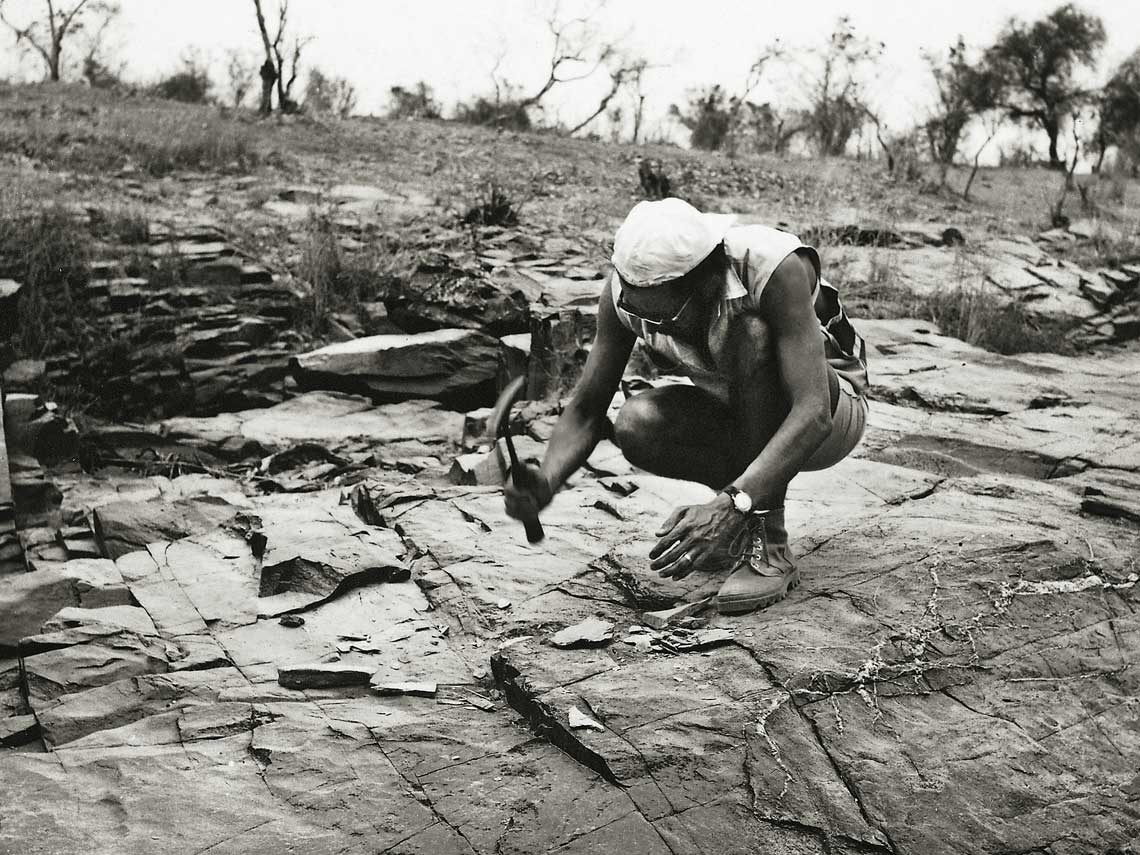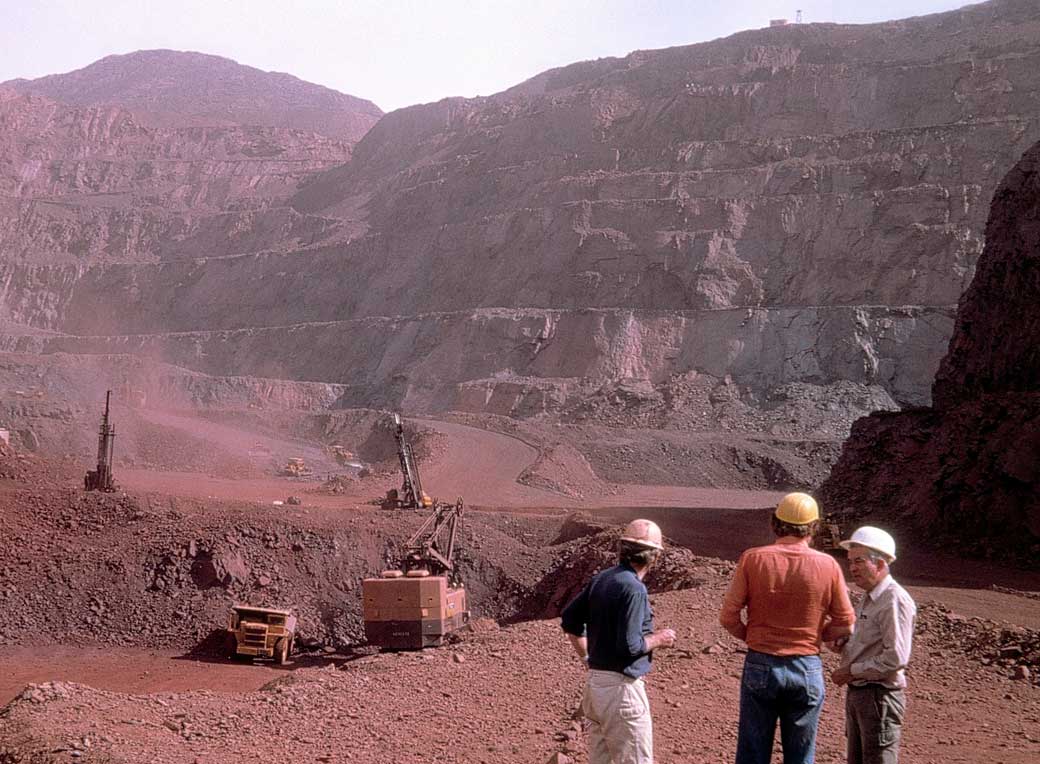Taking on a key role in mining history
Mining is an important part of the BRGM's history, inherited from the Bumifom and the BRGGM. Mining activities intensified with the creation of the BRGM, as new mines opened in Gabon and Mauritania.

The BRGM has inherited a major role in mining history. Of the four organisations from which the BRGM was originally formed, two were heavily involved in this highly strategic sector: the Bumifom had holdings in the Mauritania iron mining company, the Taïba phosphates company and the Ogooué mining company's manganese operation in Gabon, while the BRGGM's mineral prospecting activities had been widely recognised since 1953. With France's decision, in the aftermath of WW2, to reconstitute its national mining capacities, the creation of the BRGM was paralleled by a considerable boom in the mining sector. The BRGM became the operator for French public investments in the former colonies, for example in geological mapping for infrastructure planning, in drinking and irrigation water and in mining to support industrial development. In 1962 and 1963, the BRGM opened manganese mines in Gabon (Comilog) and iron mines in Mauritania (Miferma).
1962, a key date
1962 was also the year when the first BRGM geological survey organisation was established, in the Calais region. This geological survey, which had originally been set up in 1956 by the BRGGM, was then renamed as France's first "hydraulic resources inventory service". It came into existence with the creation of the national water commission and emerging awareness of the BRGGM's relevance to the water sector. When the BRGM took over and expanded the BRGGM's activities, the regional "inventory services" became France's "regional geological surveys".
